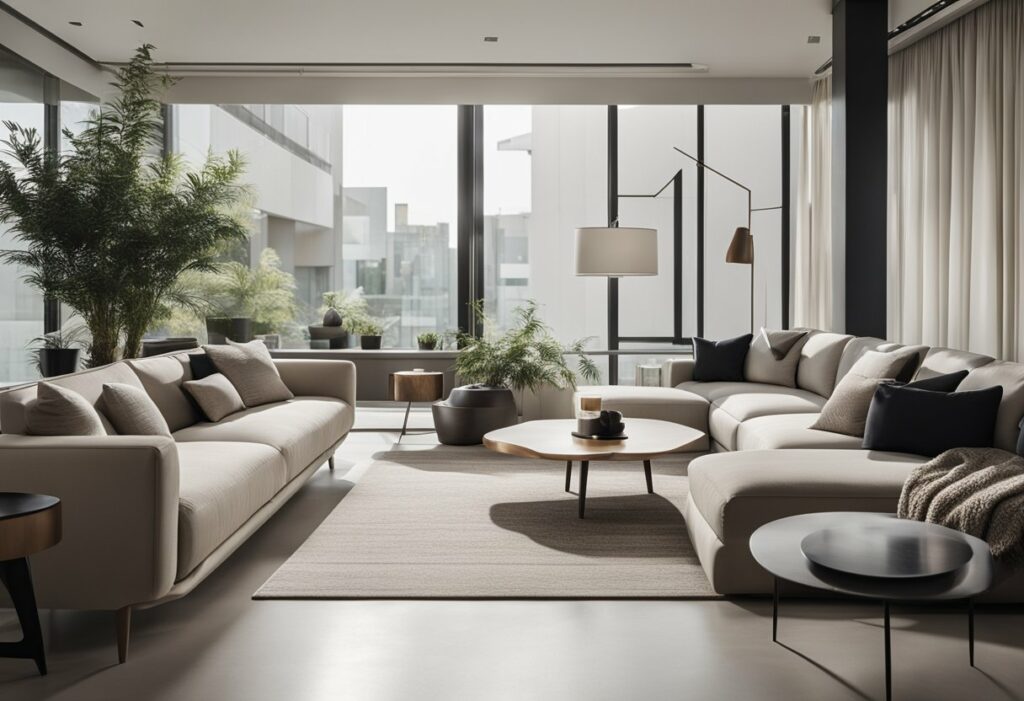FF&E Interior Design: Elevating Your Space with Functional and Stylish Furniture, Fixtures, and Equipment
If you’re looking to create a stunning interior design that balances aesthetics and functionality, then FF&E interior design is the way to go. FF&E stands for Furniture, Fixtures, and Equipment, and it encompasses all movable or easily removed objects in a building. This includes everything from sofas and chairs to decorative lights and office desks.
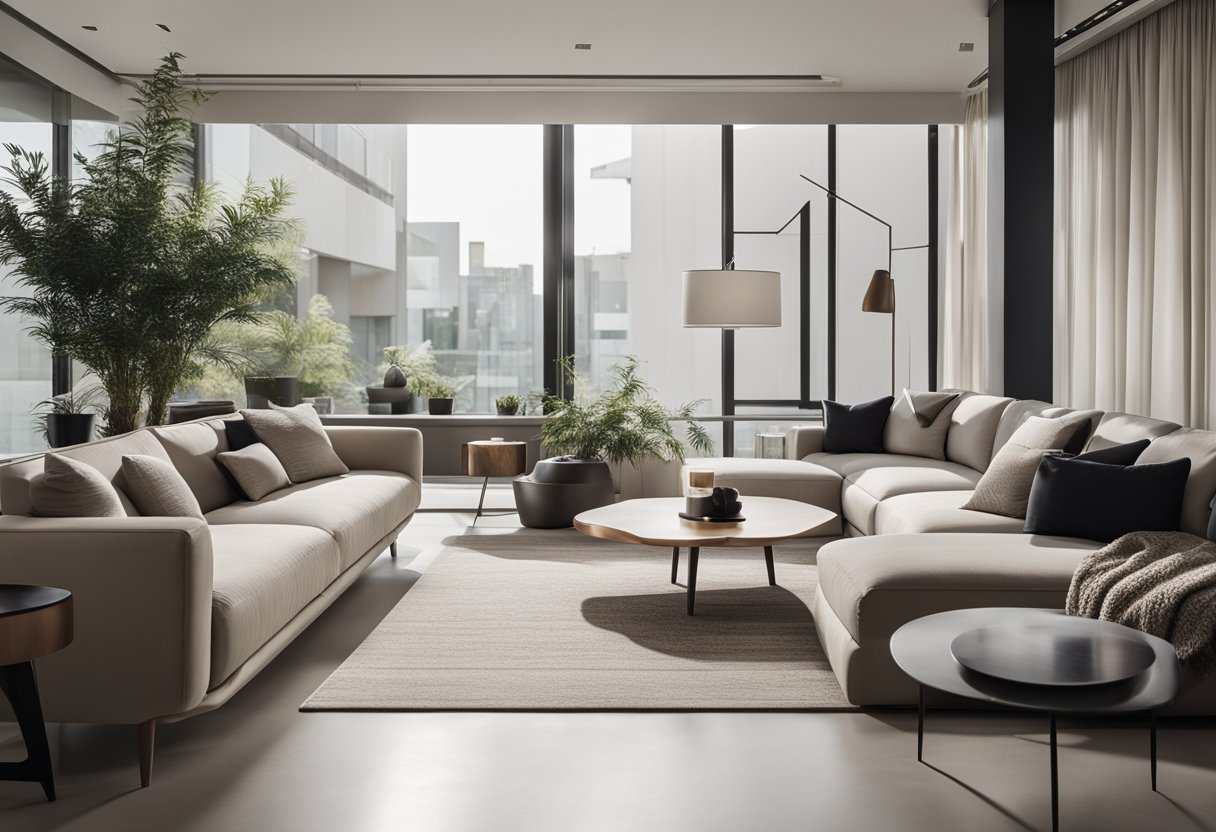
Understanding FF&E in interior design is crucial to creating a cohesive design concept that meets your needs and preferences. With FF&E, you have the flexibility to choose from a wide range of furniture, fixtures, and equipment that complement your space and enhance its functionality. By selecting the right pieces, you can create a unique and personalised interior design that reflects your style and personality.
Executing the FF&E project requires careful planning and attention to detail. You need to consider factors such as budget, timelines, and sourcing to ensure a successful project outcome. With the right team of interior designers and contractors, you can achieve your desired results and create a space that is both beautiful and functional.
Key Takeaways
- FF&E interior design encompasses all movable or easily removed objects in a building, providing flexibility and personalisation to your space.
- Understanding FF&E is crucial to creating a cohesive design concept that meets your needs and preferences.
- Executing the FF&E project requires careful planning, attention to detail, and the right team of interior designers and contractors.
Understanding FF&E in Interior Design
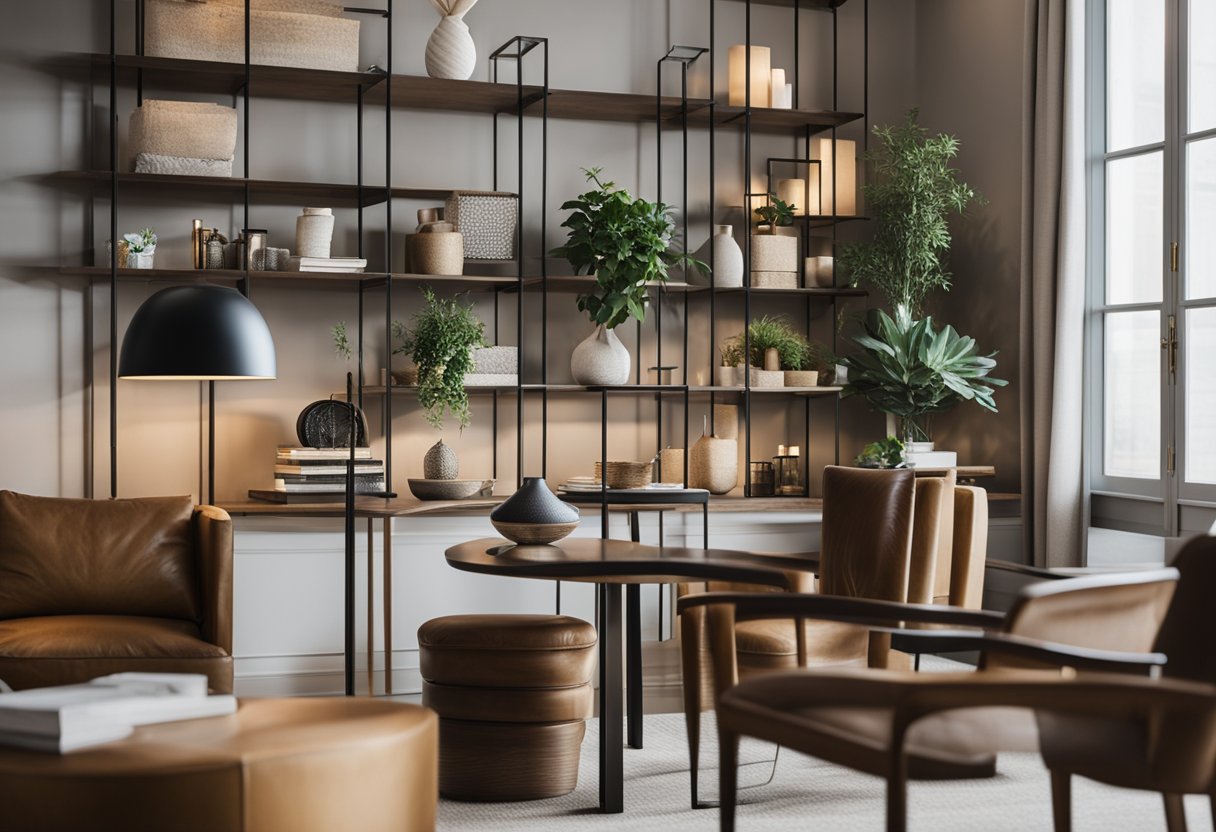
If you’re planning an interior design project, you might have come across the term FF&E. FF&E stands for Furniture, Fixtures, and Equipment. It is a crucial component of any interior design project, and it is often overlooked. In this section, we will explore what FF&E is, why it matters, and how it impacts the overall design process.
Essential Components
FF&E encompasses all movable items in a building, including furniture, lighting, fixtures, finishes, appliances, materials, accessories, textiles, and fabrics. It does not include permanent fixtures like walls or floors.
The selection of FF&E is essential in creating the right ambiance and functionality of a space. It’s important to choose items that complement the overall design concept while also meeting the practical needs of the space.
The Design and Selection Process
The FF&E design and selection process involves several stages. First, the interior designer will create a design concept that includes the overall look and feel of the space and the functional requirements. Next, the designer will select FF&E items that fit within the design concept and the budget.
During the selection process, the designer will consider several factors, including the quality, durability, and sustainability of the items. The designer will also consider the cost, lead time, and availability of the items.
Sourcing and Procurement Strategies
Once the designer has selected the FF&E items, they will need to be sourced and procured. There are several sourcing and procurement strategies that designers can use, including:
- Working with local suppliers and manufacturers to reduce lead times and support the local economy.
- Sourcing items from international suppliers to access unique products and materials.
- Using online marketplaces and auction sites to find unique and affordable items.
- Working with procurement specialists to streamline the procurement process and negotiate better prices.
In conclusion, FF&E is a crucial component of any interior design project. It encompasses all movable items in a building and is essential in creating the right ambiance and functionality of a space. The FF&E design and selection process involves several stages, including the selection of items that complement the overall design concept and the practical needs of the space. Finally, sourcing and procurement strategies are used to source and procure the selected FF&E items.
Executing the FF&E Project
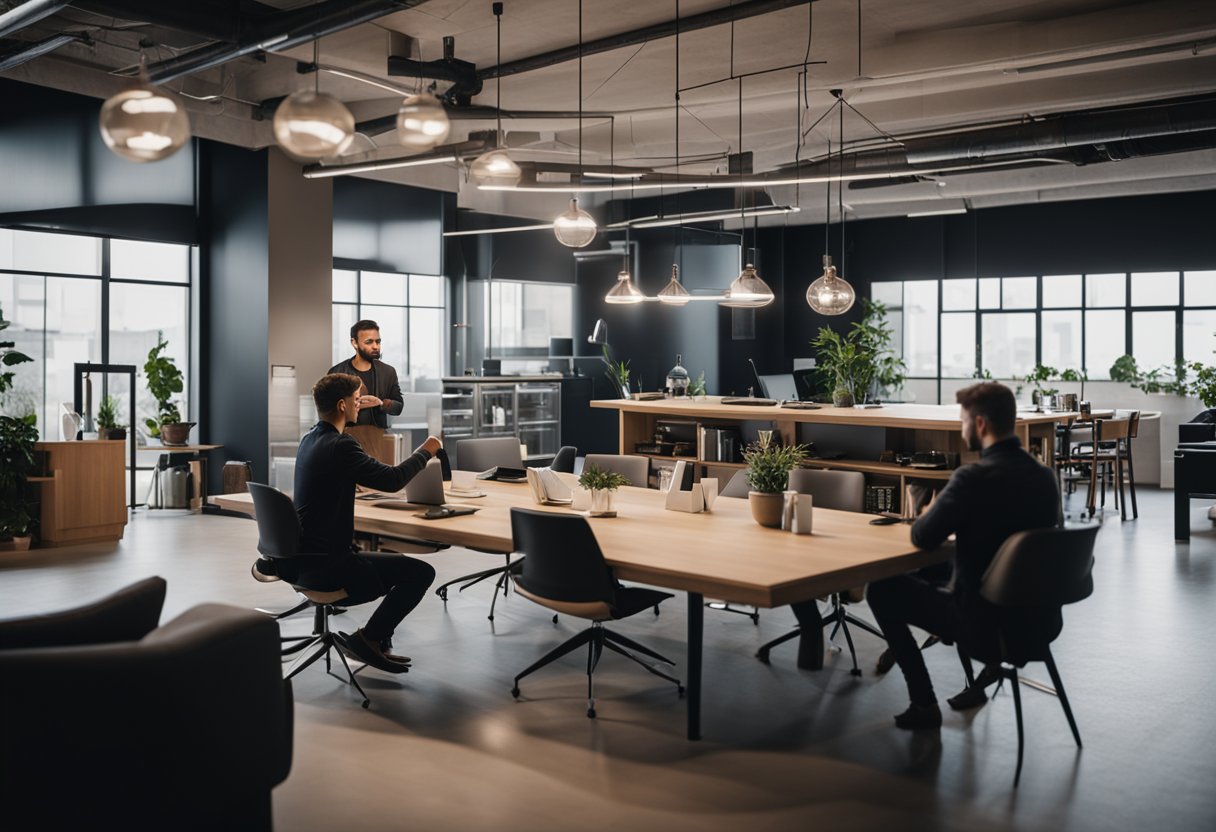
Congratulations! You have completed the design development phase of your FF&E interior design project. Now it’s time to execute the project and bring your vision to life. This section will guide you through the project management and coordination, installation, and final touches of your FF&E project.
Project Management and Coordination
Managing and coordinating your FF&E project is crucial for its success. You need to ensure that the project is delivered on time, within budget, and to the satisfaction of your client. Here are some tips to help you manage and coordinate your project effectively:
- Create a detailed project plan that includes timelines, budgets, procurement schedules, delivery dates, and installation schedules.
- Assign roles and responsibilities to your team members and vendors.
- Communicate regularly with your client, vendors, and contractors to ensure that everyone is on the same page.
- Keep track of lead times and delivery dates to ensure that your project stays on schedule.
- Create a punch list to track the progress of your project and ensure that all tasks are completed on time.
Installation and Final Touches
Installation and final touches are the last steps in your FF&E project. These steps are crucial for ensuring that your project is completed to the satisfaction of your client. Here are some tips to help you with installation and final touches:
- Ensure that all furniture plans are updated and accurate.
- Coordinate with your vendors and contractors to ensure that all items are delivered and installed on time.
- Ensure that all items are installed according to the design specifications.
- Conduct a final walkthrough with your client to ensure that they are satisfied with the final result.
- Create a punch list to track any outstanding items and ensure that they are completed before project closure.
With these tips, you can successfully execute your FF&E interior design project and create a space that your client will love.
Frequently Asked Questions
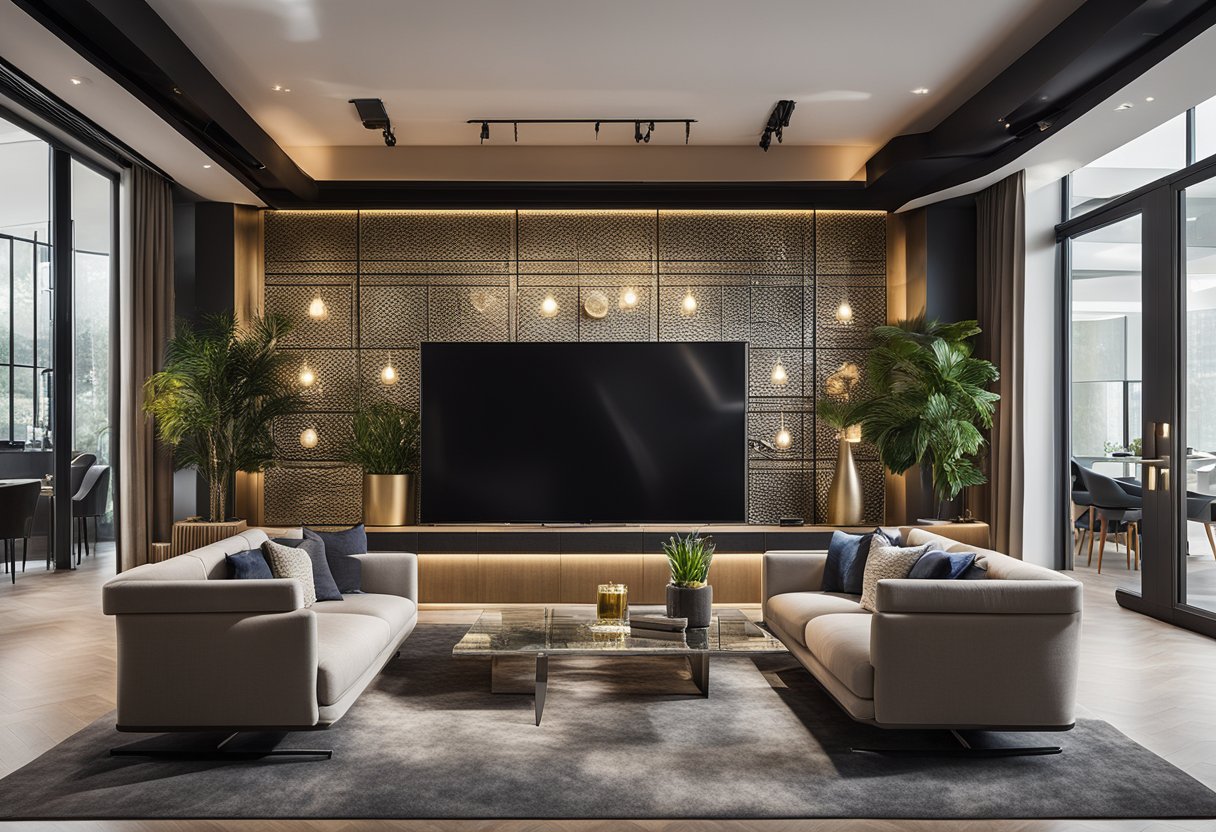
How can you distinguish between FF&E and building components?
FF&E stands for Furniture, Fixtures, and Equipment and refers to the movable objects that are placed in a space to enhance its functionality and aesthetic appeal. Building components, on the other hand, are the permanent structures of a building, such as walls, ceilings, and floors. The easiest way to distinguish between FF&E and building components is to ask yourself whether the item is attached or can be easily removed without causing damage to the building. If it is attached, it is a building component. If it is movable, it is FF&E.
What exciting career opportunities exist for an FF&E Interior Designer?
As an FF&E Interior Designer, you can work in a variety of industries, such as hospitality, healthcare, residential, and commercial. You can work for interior design firms, architecture firms, or even start your own business. Some exciting career opportunities include designing luxury hotels, restaurants, and spas, creating unique residential spaces for high-end clients, and working on large-scale commercial projects.
In what ways does flooring integrate into FF&E planning?
Flooring is an integral part of FF&E planning, as it can greatly impact the overall look and feel of a space. When selecting flooring materials, it is important to consider factors such as durability, maintenance, and aesthetic appeal. Flooring can also be used to create zones within a space, such as a dining area or a lounge area. Additionally, flooring can be used to add texture and pattern to a space, which can enhance its visual interest.
Could you share some vibrant examples of FF&E in modern interior design?
Sure! Some vibrant examples of FF&E in modern interior design include bold geometric patterns on upholstery, statement lighting fixtures, and unique artwork and sculptures. Colourful accent pieces, such as throw pillows and rugs, can also add vibrancy to a space. Mixing and matching different materials, such as metal and wood, can create a dynamic and visually interesting look.
What are the essential elements to include in an FF&E inventory template?
An FF&E inventory template should include essential information such as the item name, description, quantity, location, and cost. It should also include information about the manufacturer, model number, and any warranties or guarantees. Additionally, it is important to include information about the installation and maintenance requirements for each item.
How does one create an FF&E layout plan that truly brings a space to life?
Creating an FF&E layout plan that truly brings a space to life requires careful consideration of factors such as traffic flow, functionality, and aesthetic appeal. It is important to create a balance between form and function, and to ensure that the layout is both practical and visually appealing. One effective way to create a layout plan is to use a 3D modelling software, which can help you visualise the space and make adjustments as needed.

